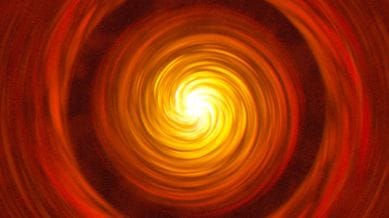Scientists used the James Webb Space Telescope to confirm a long-standing theory on how planets are formed.

Scientists used the James Webb Space Telescope to make a breakthrough in the search for understanding how planets are formed. They observed water vapour in distant protoplanetary discs, the precursor to a planet, confirming a long-proposed theory of how planets are formed.
Scientists have for long proposed ice-covered pebbles act as the seeds of planet formation. According to this pebble accretion theory, icy solids that usually inhibit the outer reaches of “protoplanetary discs” enter the warmer region close to the inner disc. There, they release a lot of cold water vapour. This process is thought to deliver both water and solids to early planets.
You have exhausted your
monthly limit of free stories.
Read more stories for free
with an Express account.
Continue reading this and other premium stories with an Express subscription. Use promo code DIWALI30 to get 30% off.
This premium article is free for now.
Register to read more free stories and access offers from partners.
Continue reading this and other premium stories with an Express subscription. Use promo code DIWALI30 to get 30% off.
This content is exclusive for our subscribers.
Subscribe now to get unlimited access to The Indian Express exclusive and premium stories.
Most Read
Based on this theory, scientists make one crucial prediction—when the icy pebbles enter the warmer region within the discs, they should release large amounts of cold water vapour. And that is exactly what the Webb telescope observed.
Using Webb to find water vapour
The researchers used Webb’s MIRI (Mid-Infrared Instrument) to study four protoplanetary discs around Sun-like stars. These stars are estimated to be between 2 and 3 million years old. In cosmic terms, that makes them newborns. Two of the discs were compact while the other two were extended. The results from the telescope revealed excess cool water in the compact disc, as expected.
The observations were made to find out if compact discs have a higher water abundance in their inner, rocky planet region. This would be true if pebble drift is more efficient and delivers more solid mass and water to the inner planets.
© IE Online Media Services Pvt Ltd
First published on: 09-11-2023 at 14:53 IST

